Review of the smartphone ASUS ZenFone Max Plus (M1)
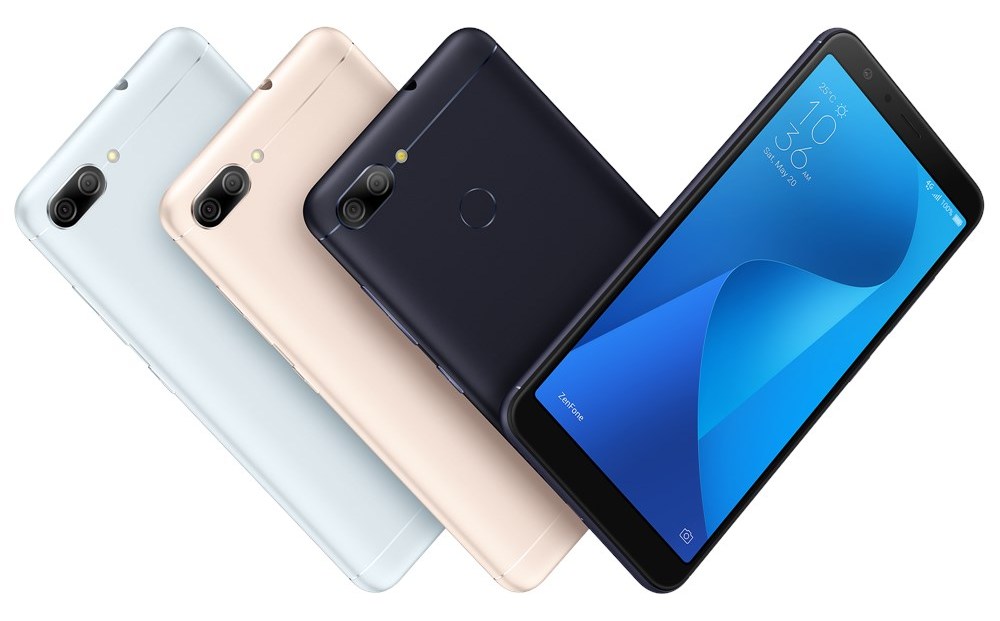
This is the last pre-Christmas novelty, the most recent smartphone ASUS 2017. At this time, the name does not have the already familiar numbering of generations (ZenFone3, ZenFone4, and so on) - ZenFone Max Plus (M1). The fact is that with this model, ASUS brings new "Maxes" into an independent line with its own numbering. But in the presence of a high-resolution display and a larger size, two high-quality rear cameras and other pleasant properties.
Specifications
Operating system : Android 7.0 with ZenUI 4.0 GUI
Processor : MediaTek MT6750T
Graphics : ARM Mali-T860
RAM : 3 GB
Data storage : 32 GB
Memory card : micro SD up to 256 GB
Display : 5.7-inch, 2160 x 1080, brightness 500 cd / m2
Cameras :
- Rear: 16 megapixel f / 2.0 aperture, equivalent focal length 35 mm
- Wide-angle rear: 8 MP, focal length of 16.7 mm (120 ° viewing angle)
- Front: 8 MP, aperture f / 2.0, focal length 25 mm (viewing angle 85 °)
Wireless :
- WLAN 802.11 b / g / n
- Bluetooth 4.0
- Wi-Fi direct
Navigation : GPS, AGPS, GLONASS
Battery : 4130 mAh, quick charge function
Dimensions : 152.6 x 73 x 8.8 mm (H x W x T)
Weight : 160 gr.
AnTuTu specifications 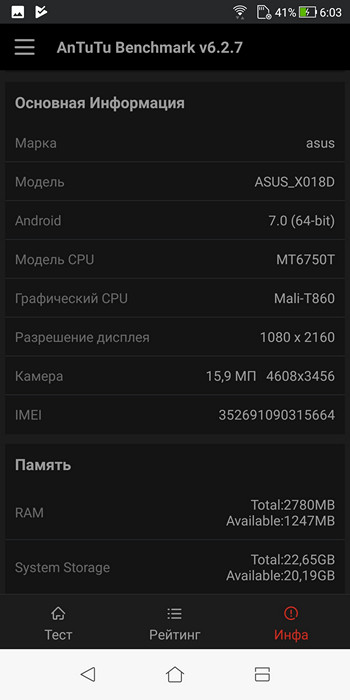



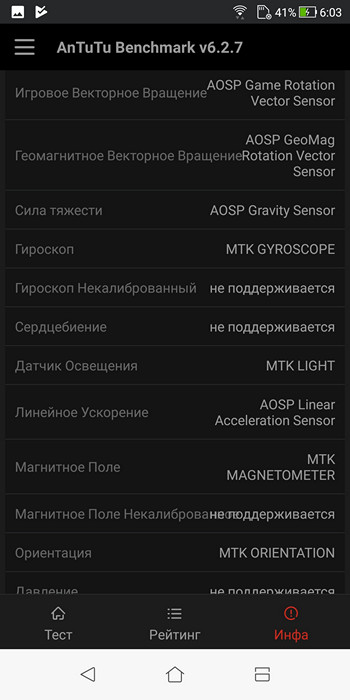
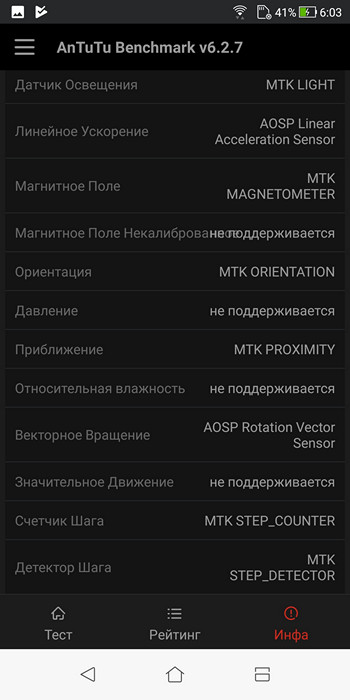






Appearance
The front side of the ZenFone Max Plus looks rather unusual: in the modern fashion, there are no more “iron” touch buttons, they have become “virtual” and are displayed at the bottom of the display as needed.
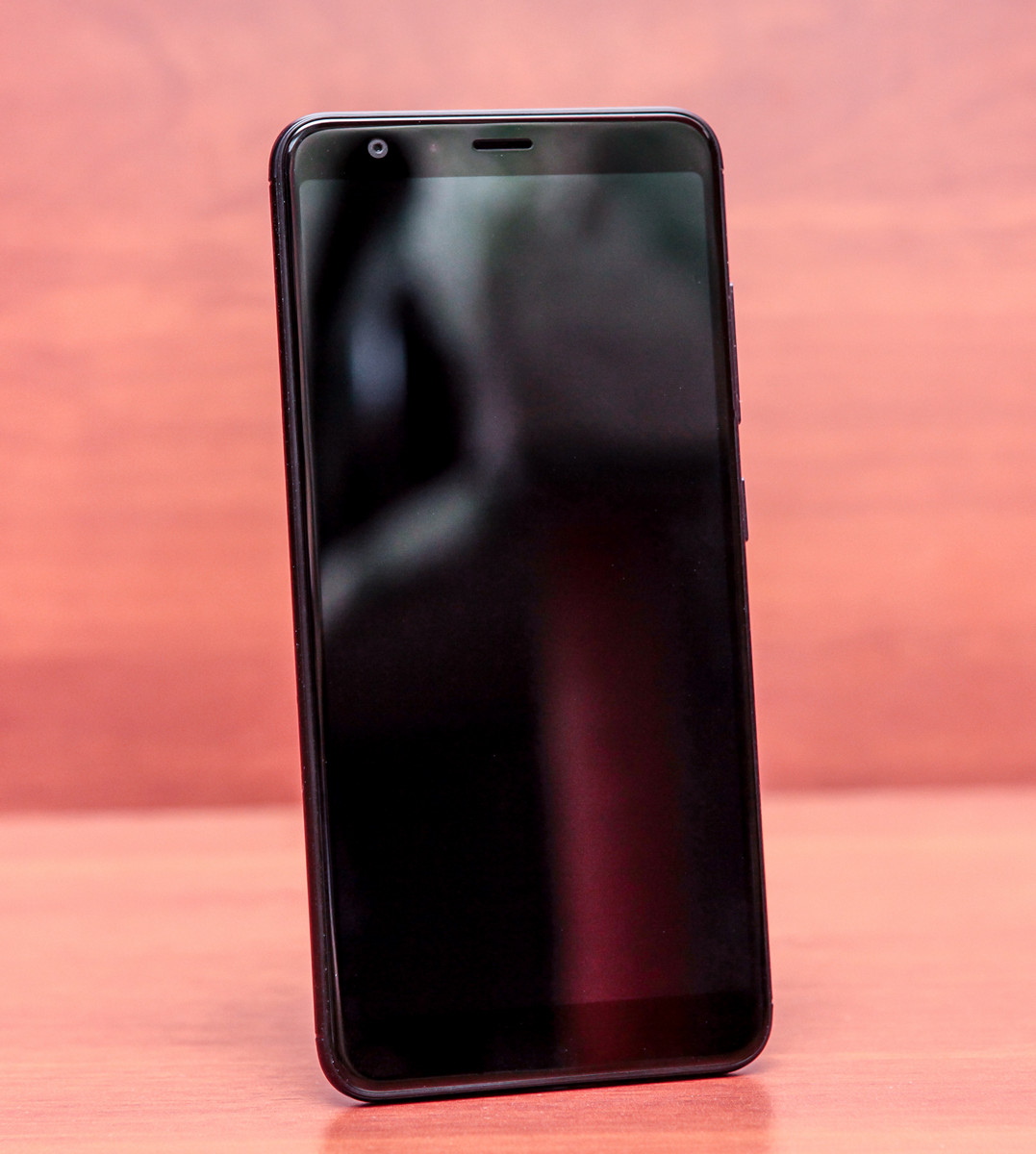
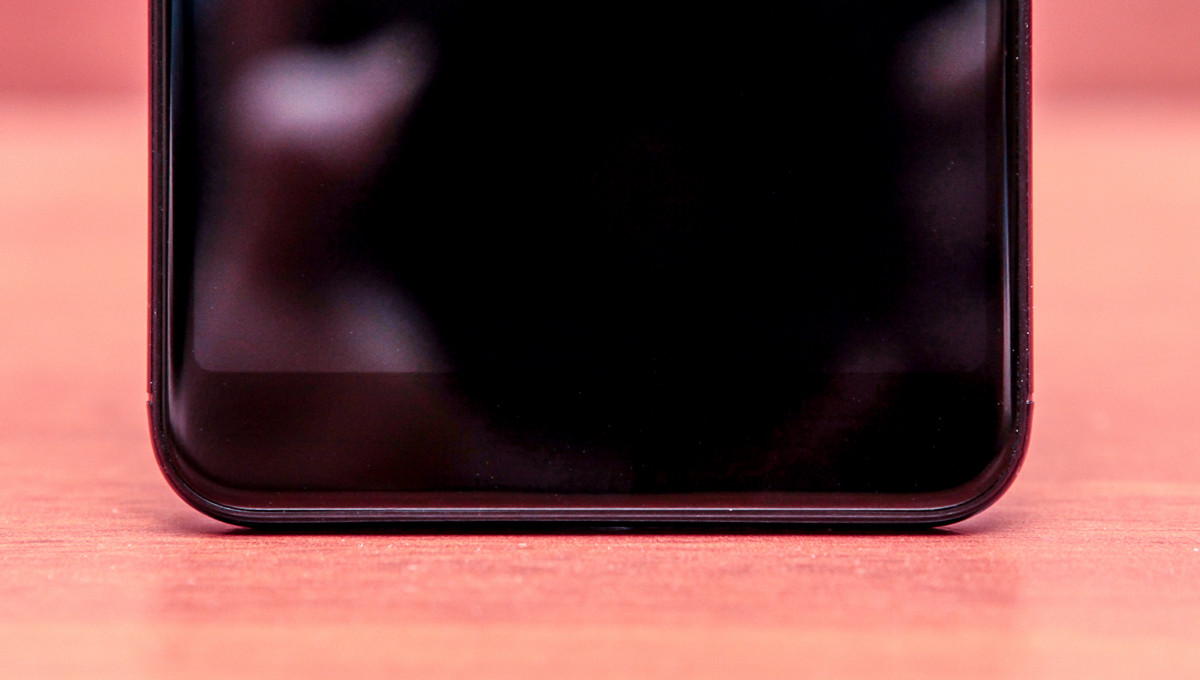
Understand where the smartphone top, and where the bottom, you can only by the eye of the camera and the slot speaker.
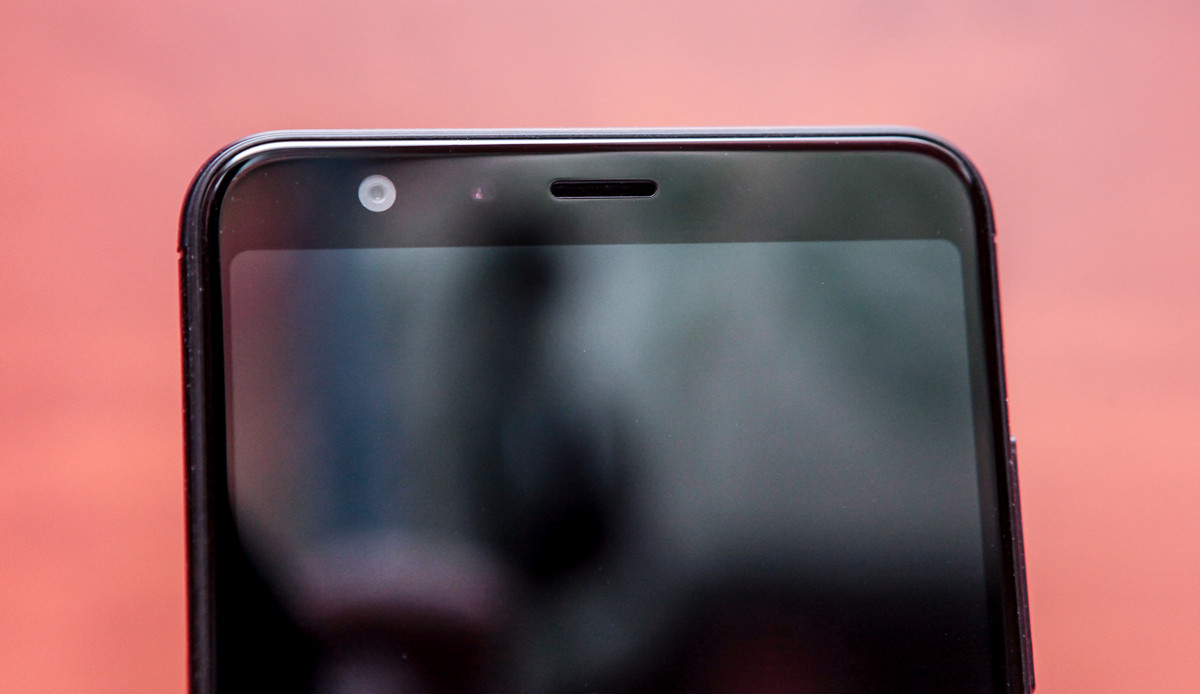
The aluminum body is streamlined, all corners and side edges are rounded. The display is covered with a protective Gorilla Glass with rounded edges.
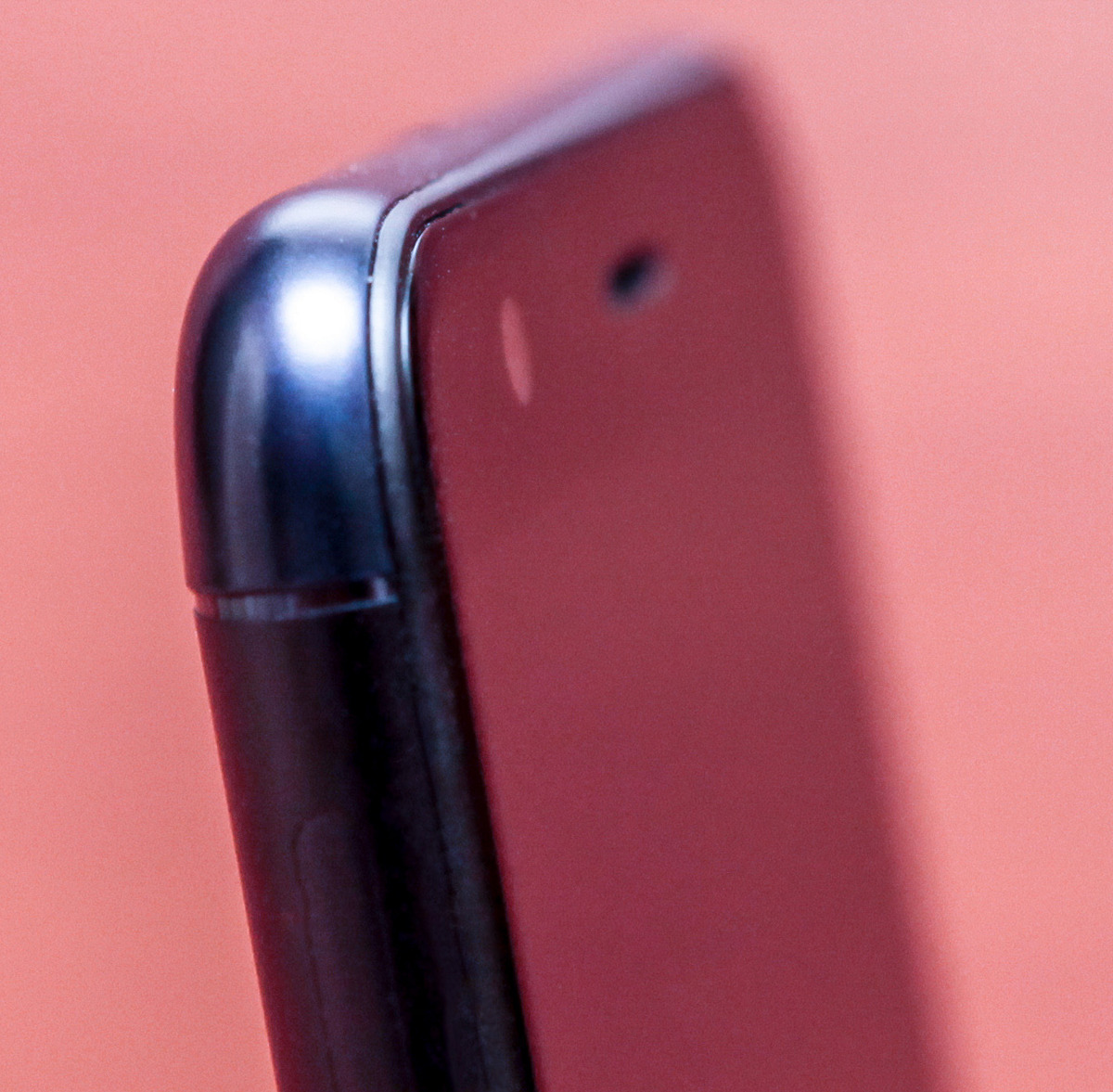
The power and volume buttons are on the right side, the SIM card tray and the memory card are on the left.

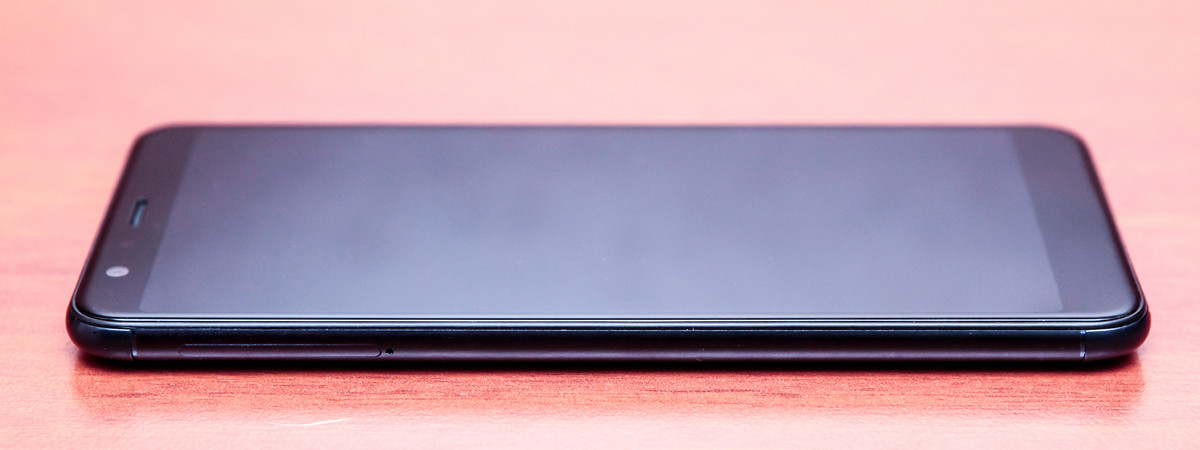
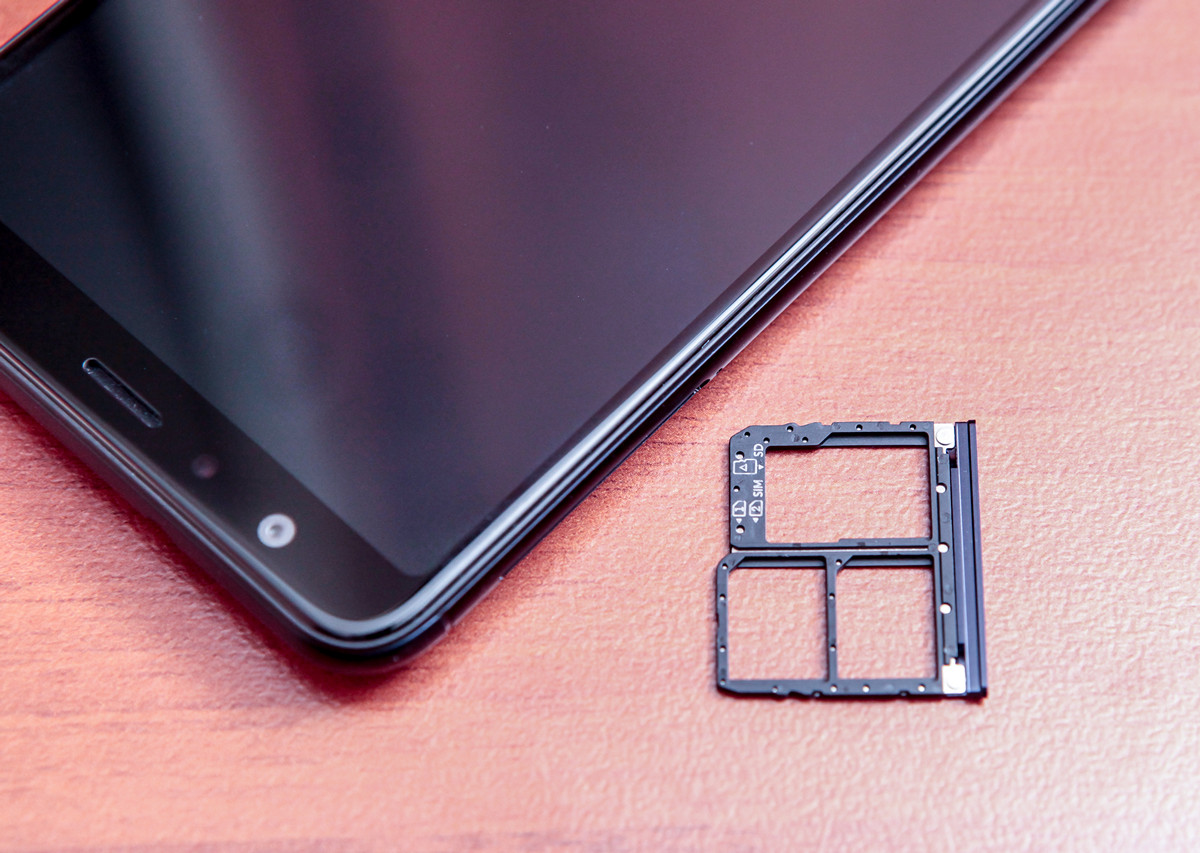
The tray is not long, as in previous models, but wide. You can insert two SIM cards and a memory card at once.
At the top there is an audio connector, and at the bottom - a power connector and speaker grilles.
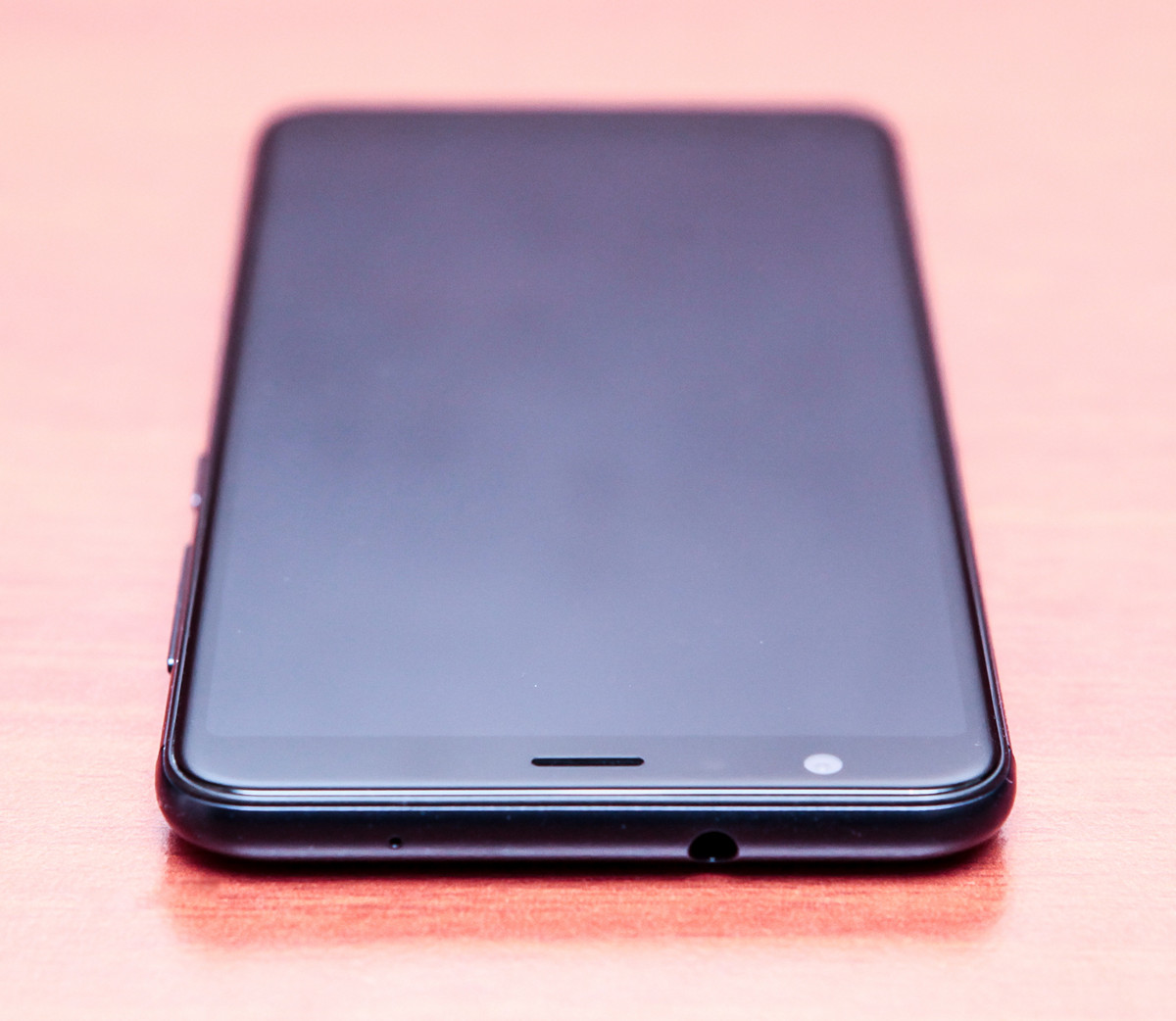

The back of the ZenFone Max Plus is almost the same as that of the ZenFone 4 Max , only a round fingerprint sensor was added.
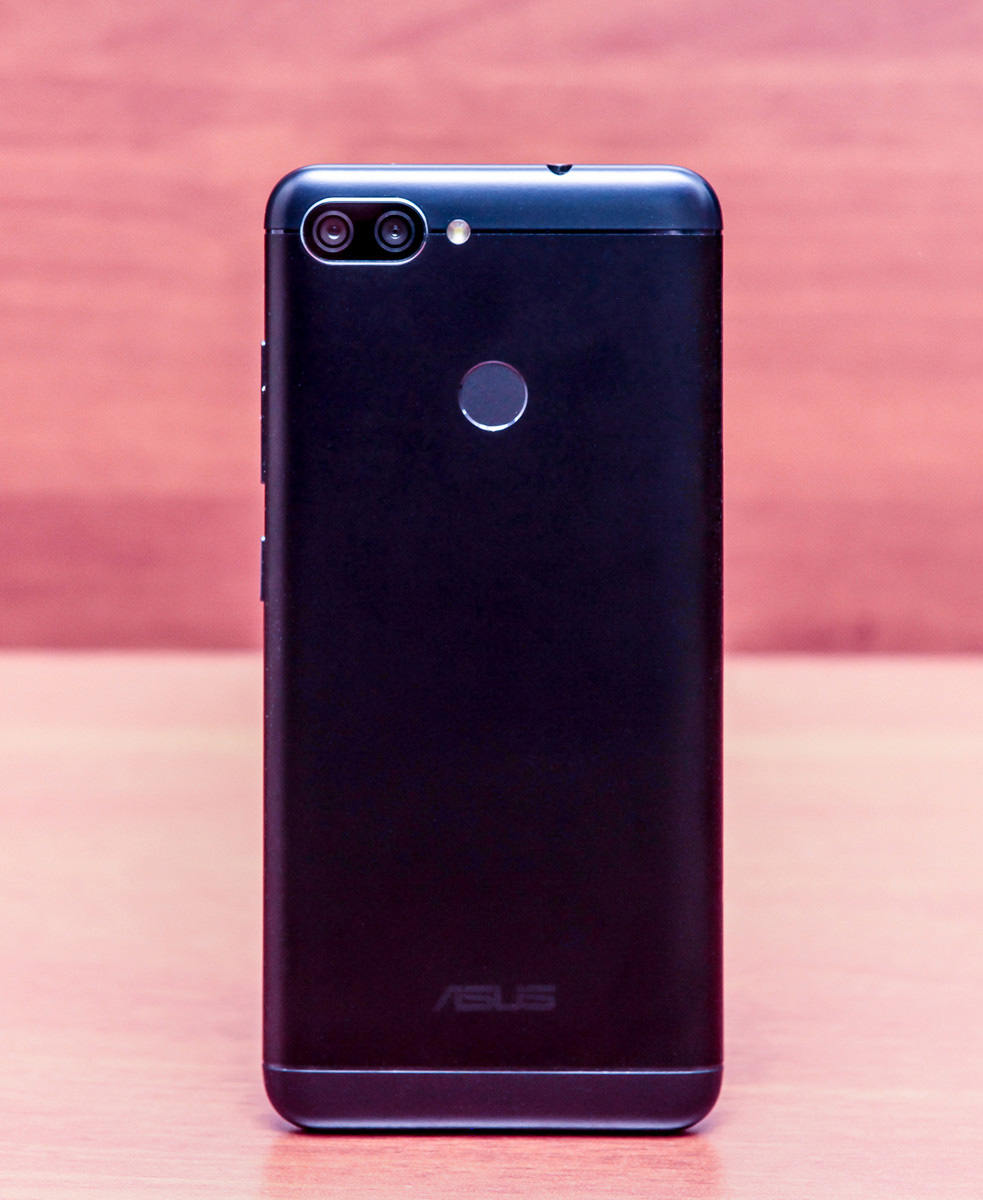
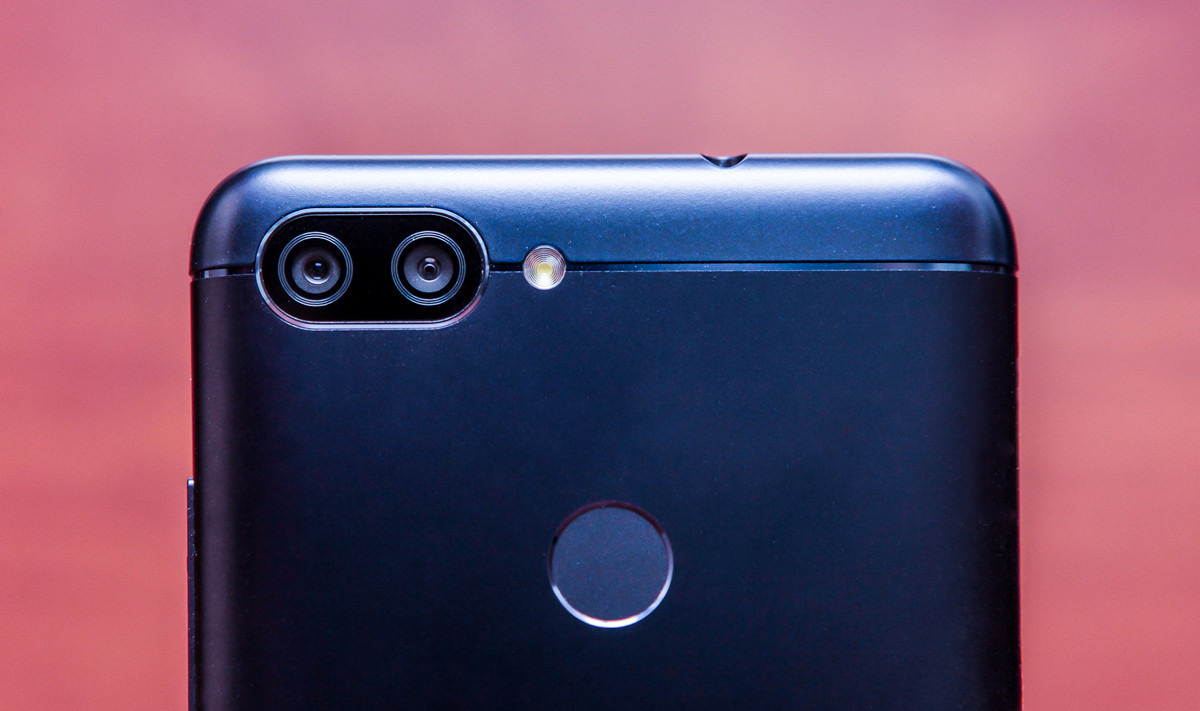
It is curious that in the lineup of ZenFone Max Plus there are smartphones of three colors: golden, silver and black. At first, I thought that I was given a black (officially the color is called “black wave”). And in artificial light, it really looks black. But when I brought it to the street, it turned out that the smartphone ... dark blue. Very dark blue, and therefore often looks black. And during the shooting, it was obtained in pictures that were black, then with a bluish tint - although the light and camera settings did not change. I tried to bring the color to a common denominator, but it didn’t work on all the pictures, it was too painful paint.
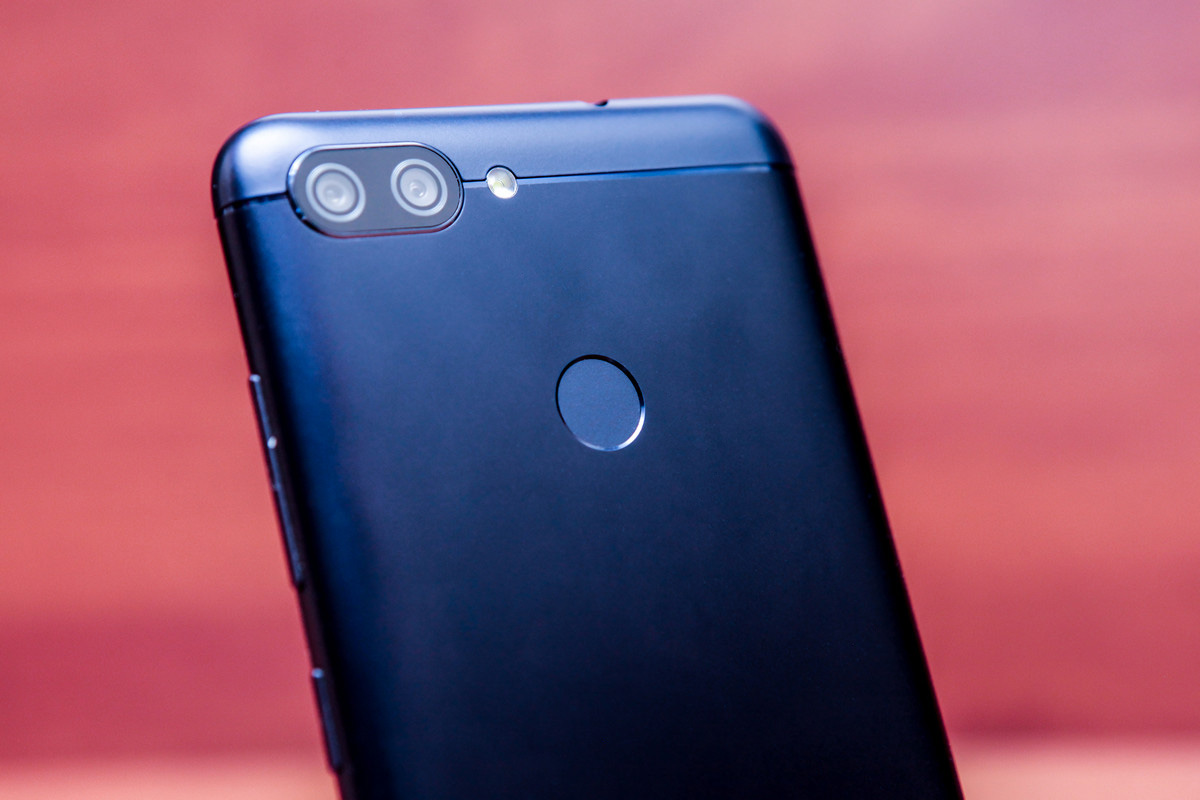

If you do not look closely, the smartphone does not look branded at all - it is also in fashion today. But in fact, the ASUS logo is, just the paint is chosen so that the inscription is barely noticeable.
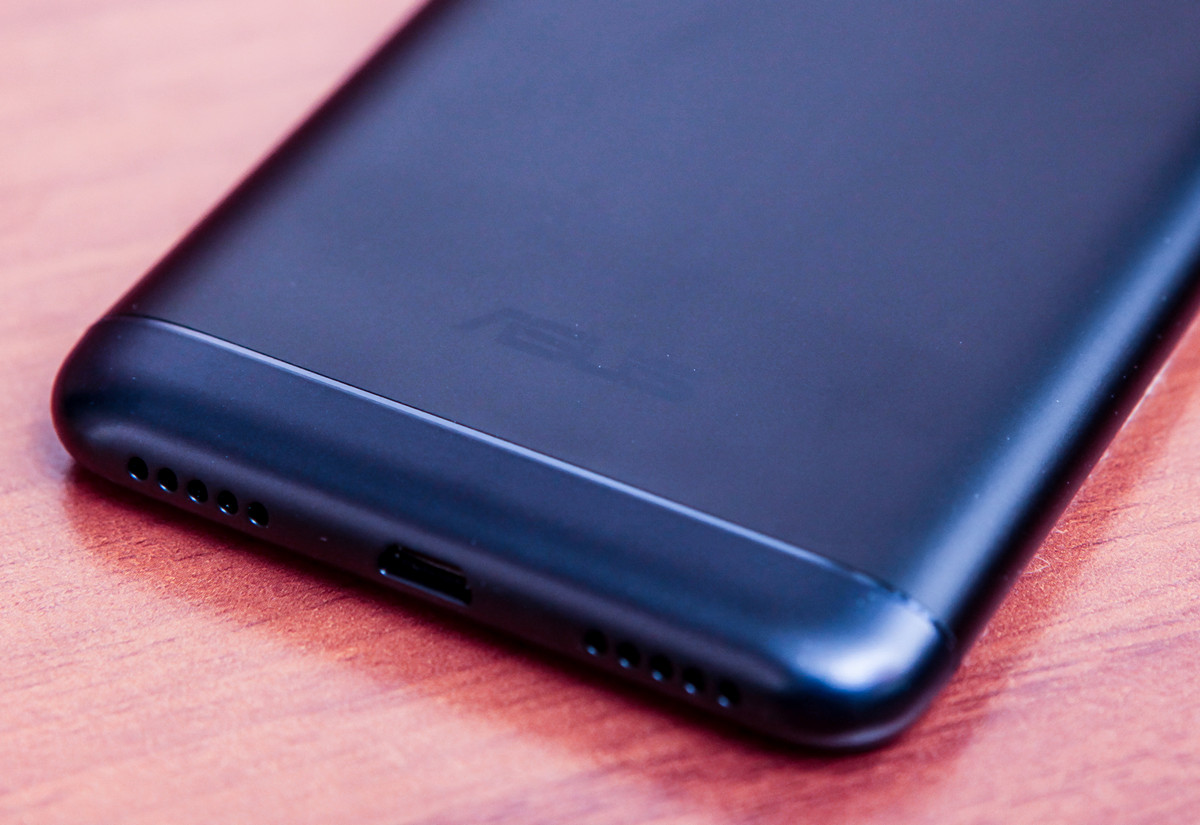
In addition to charging comes another USB-Micro USB adapter, with which you can use ZenFone Max Plus and as an external battery for other gadgets.

Display
The ZenFone Max Plus is about 1.5 mm shorter and 3 mm wider than the ZenFone 4 Max, but there is a display with a diagonal 5 mm larger - 5.7 inches instead of 5.5. This is 80% of the face of the smartphone. And the resolution is non-standard: 2160 x 1080, that is, the aspect ratio is 18: 9. The side frames are narrow, the upper and lower zones are also reduced.
With such a diagonal and resolution, individual pixels can be seen with difficulty. A full-size fragment of a photograph taken from the minimum distance at which the camera focused:
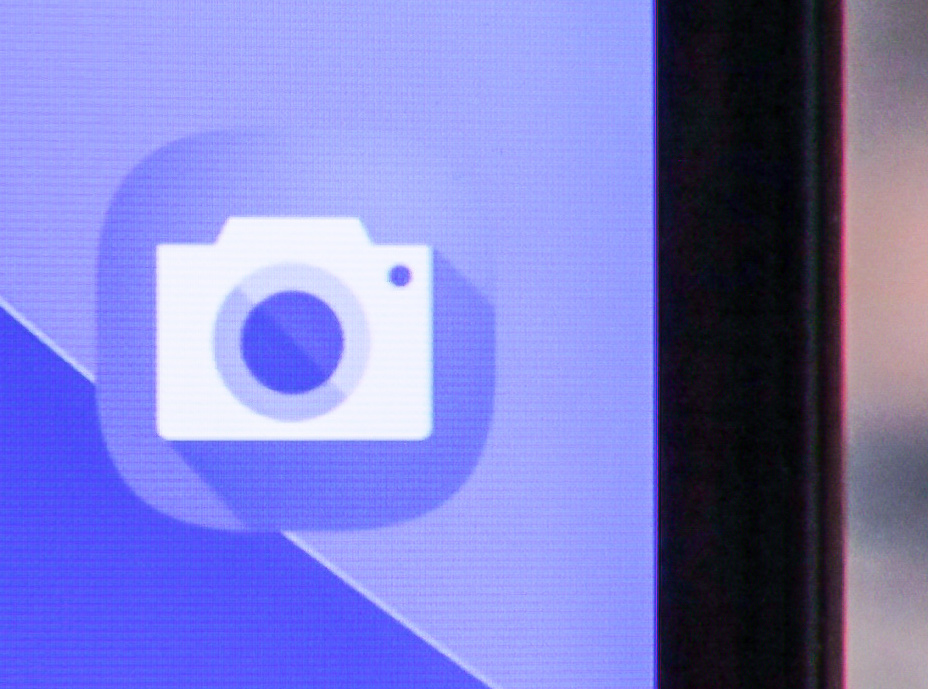
In the comments to the reviews are often asked to photograph the image on the screen of the smartphone / laptop to assess the color rendition. This, to put it mildly, is a very unfortunate basis for evaluation: the color rendition of a photo that you see on your screens will be affected by: external lighting when shooting, intra-camera image processing algorithms and a completely different color rendition of your own smartphones / laptops / monitors on which you read this an article. So as a result, you will get the same idea about the real color reproduction of the ZenFone Plus Max screen, as in the joke:
There are two Jews.
- I listened to the Beatles, I did not like it. Burr, fake, a hundred only they find?
- And where did you hear them?
“Moisha sang to me.”
Here's an example of a photo: the phone is on the table, to the right of the window is overcast lighting, to the left is a glow lamp with a low white balance value. And how it will look on your screen is impossible to imagine.
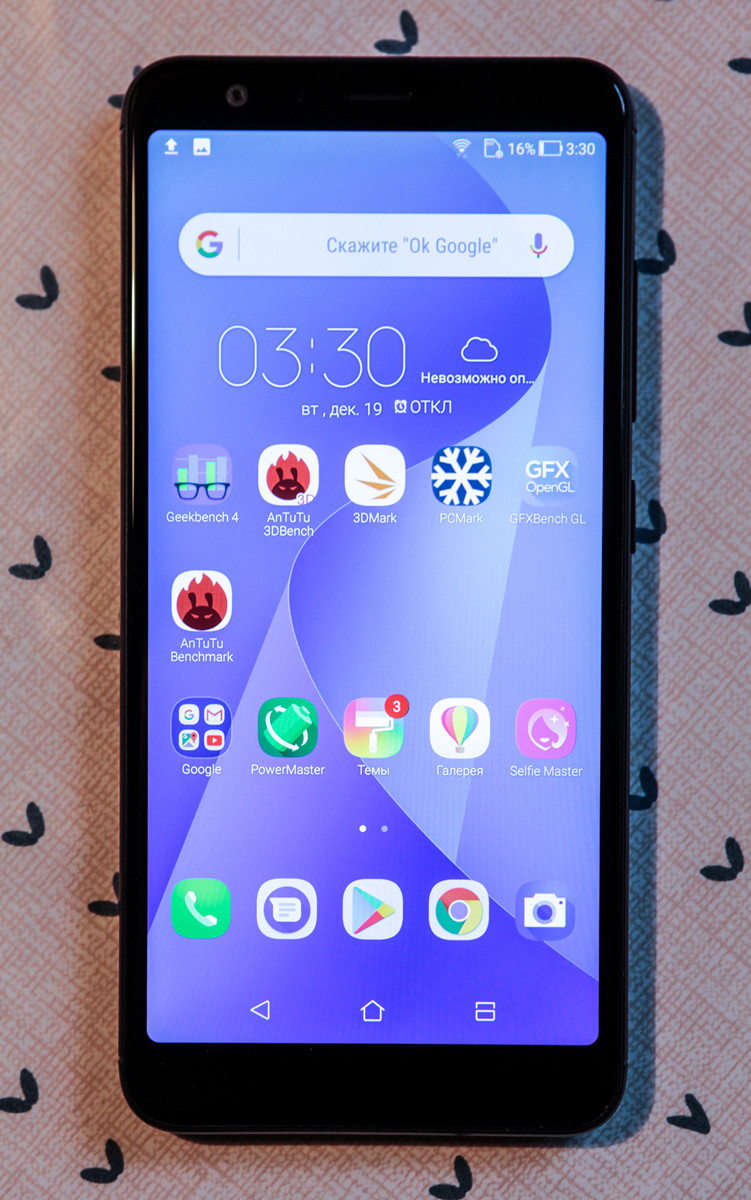
If anything, the photo does not look like a real image. But in my opinion, the ZenFone Max Plus screen has balanced colors, without noticeable distortions into any shade, not too saturated, but not faded either. In general, I liked it.
Software
ZenFone Max Plus runs on Android 7.0 with the ZenUI 4 GUI.
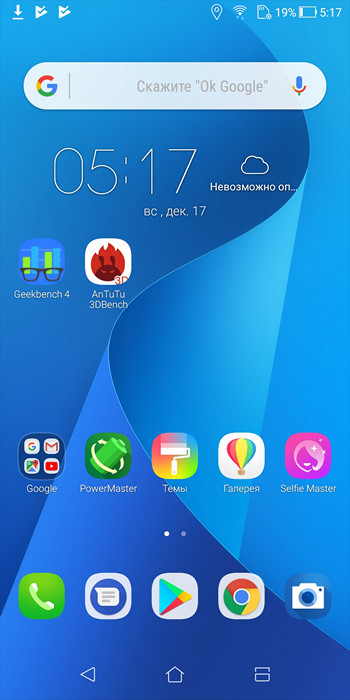
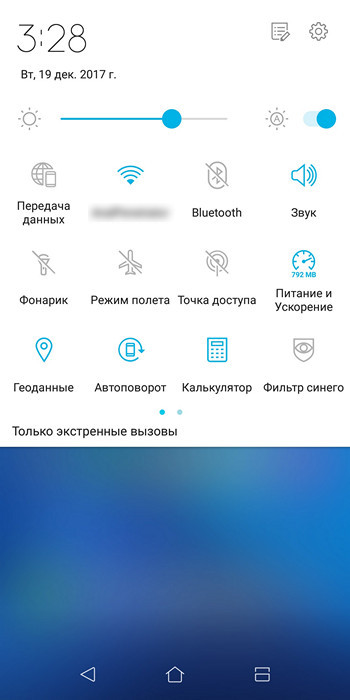
Since the virtual system buttons are now located below - “back”, “home” and “open applications” - to open the list of all installed programs, you now simply swipe the screen up from the area between the two rows of icons, where the number of desktops indicator is located.

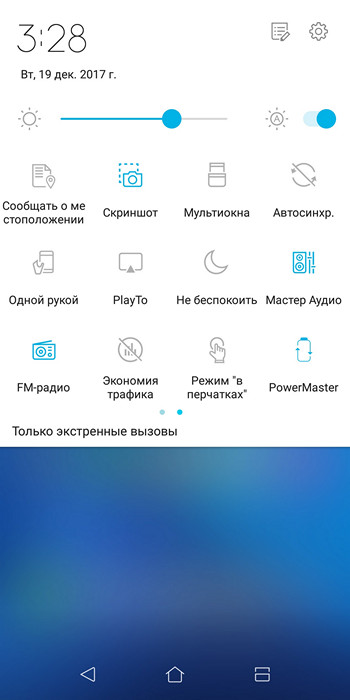
There are few applications pre-installed on the smartphone, including proprietary ones. The most notable: Mobile dispatcher, Power Master and Selfie Master. If anyone still does not know, Selfie Master is a software improvement of portraits in photos and videos, both after shooting and on the fly. I told about him more than once.

ZenFone Max Plus can now enter not only by password, graphic key and fingerprint, but also by its own interface - face.




Cameras
The capabilities of one camera have long ceased to satisfy users, and today dual cameras can already be considered an established standard.
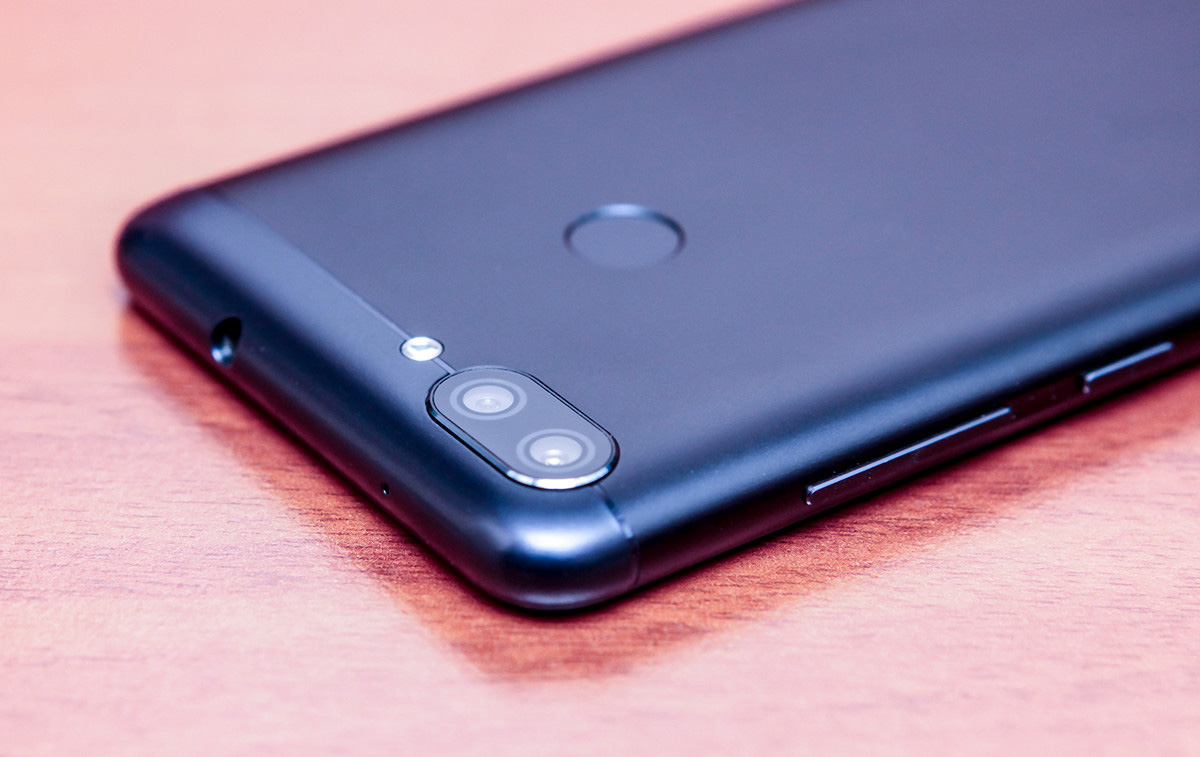
The main camera ZenFone Max Plus has a slightly higher resolution than the main camera ZenFone 4 Max: 16 MP instead of 13 MP. Equivalent focal length is also different: 35 mm instead of 26 mm, that is, the optical scheme of the lens is closer to the so-called “normal” focal length of 50 mm, which results in less wide-angle optical distortions approaching the edges of the frame. Aperture f / 2.0.
The second camera is wide-angle, with a resolution of 8 megapixels and an equivalent FR of 16.7 mm (instead of 12 mm). That is, both cameras are made less wide-angle than the ZenFone 4 Max.
The front camera is almost the same: 8 megapixel, 25 mm DF and f / 2.0 aperture.
The photo application interface is no different from several previous ASUS smartphones running Android 7.x with the ZenUI 4 GUI. But still, ZenFone Max Plus has one feature: virtual system buttons. When you launch a photo application, they simply disappear from the screen, and if you need to go to the desktop, then in order for the system buttons to appear, you have to click on one of the buttons on the top panel.
And this is how the interface looks like when shooting with a main and wide-angle camera:
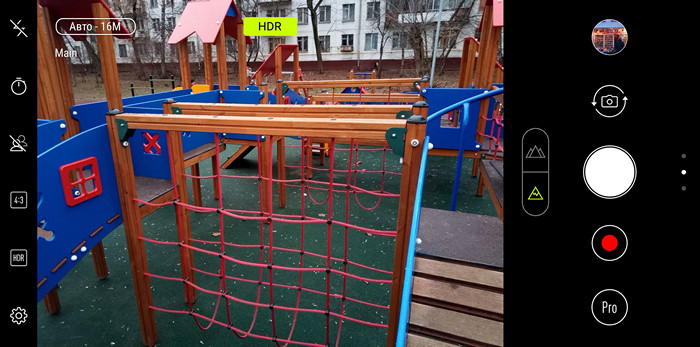
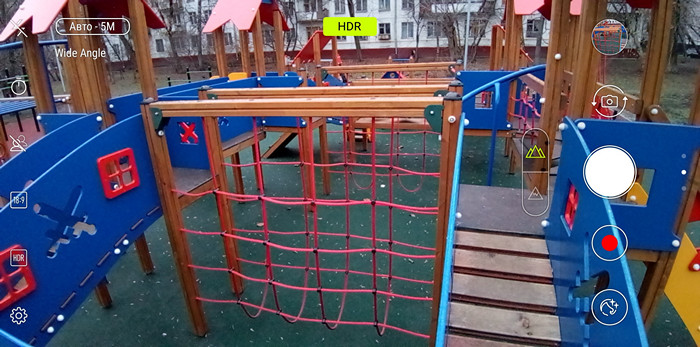
Photo examples 
Wide angle:



Wide angle:


Wide angle:











Wide angle:



Wide angle:


Wide angle:










Performance
The eight-core MediaTek MT6750T has become the central processor for the ZenFone Max Plus. Graphics chip - Mali-T860. RAM 3 GB, 32 GB available for data storage, and another 256 GB can be added using a memory card. The processor and the graphics chip are considered entry-level models, but the situation with benchmark results is ambiguous: in some cases, ZenFone Max Plus overtakes, and in some cases is inferior to ZenFone 4 Max with Qualcomm Snapdragon 425 (quad-core) and Adreno 308, as well as ZenFone 4 Selfie with Qualcomm Snapdragon 430 (eight-core) and Adreno 505. During normal operation, and not just in the benchmarks, everything flew.
Benchmark Results
AnTuTu:
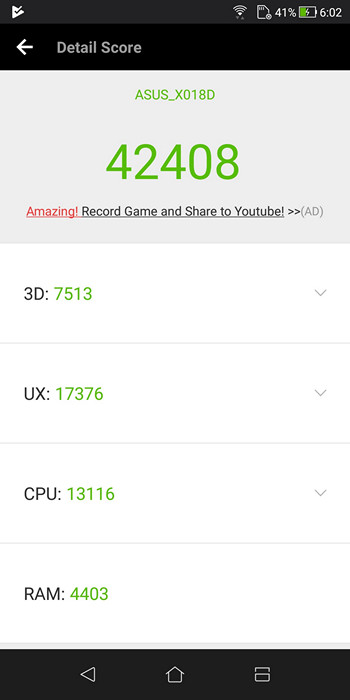
GFX bench:

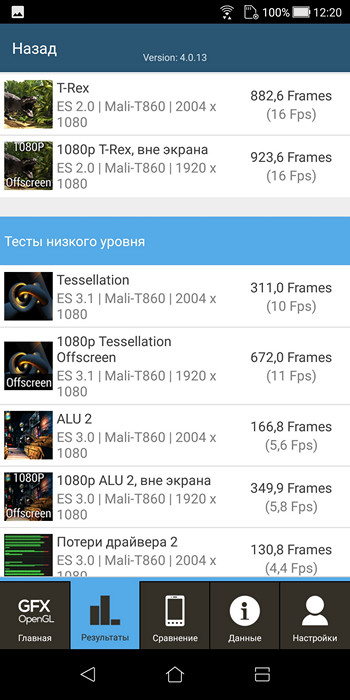
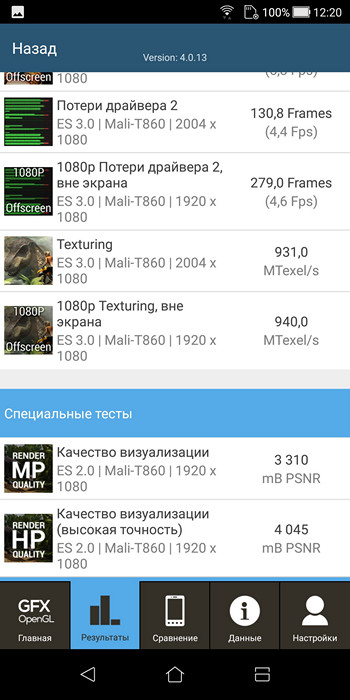
3D mark:

PC mark:
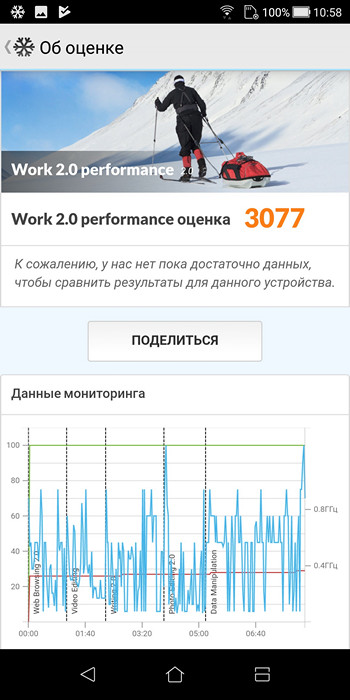

GFX bench:



3D mark:

PC mark:

ZenFone Max Plus has a battery capacity of 4130 mAh. There is a quick recharge feature. To protect against unforeseen situations and prolong battery life, as many as 12 protective technologies are used:

From 100% to 20%, the battery charge during “office-household” use fell in 8 hours:
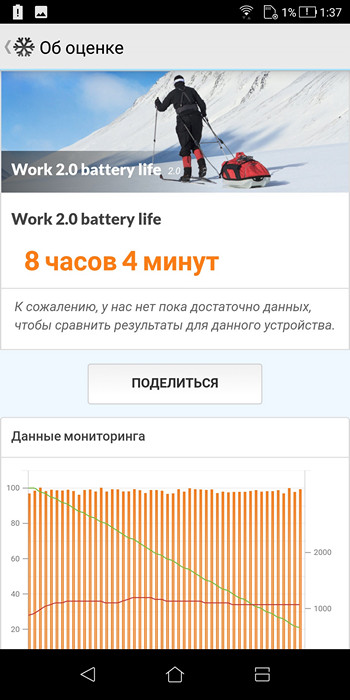
Large battery capacity allows you to use your smartphone as an external battery to recharge other gadgets:
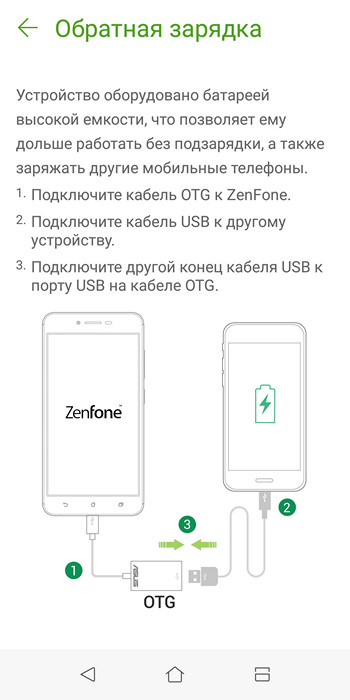
And the PowerMaster application allows you to control the power consumption of your smartphone over a wide range:
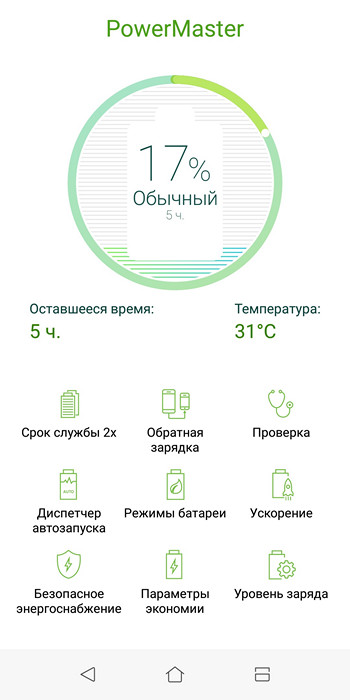
Conclusion
ASUS ZenFone Max Plus is a universal smartphone, so to speak for a wide range. Two good cameras, a fairly fast processor and graphics chip, a large battery with a fast charge function of an external power source. The front camera is not worse than the ZenFone 4 Max, and there is the same SelfieMaster, so the smartphone lovers will also like the smartphone (though there is no front flash). True, despite the large capacity of the battery, the autonomy of the smartphone is not so great, but 8 hours of continuous work is usually enough to not fuss in search of charging, leaving for work in the morning and returning after dark.
Recommended retail price: 16990 rubles
All Articles